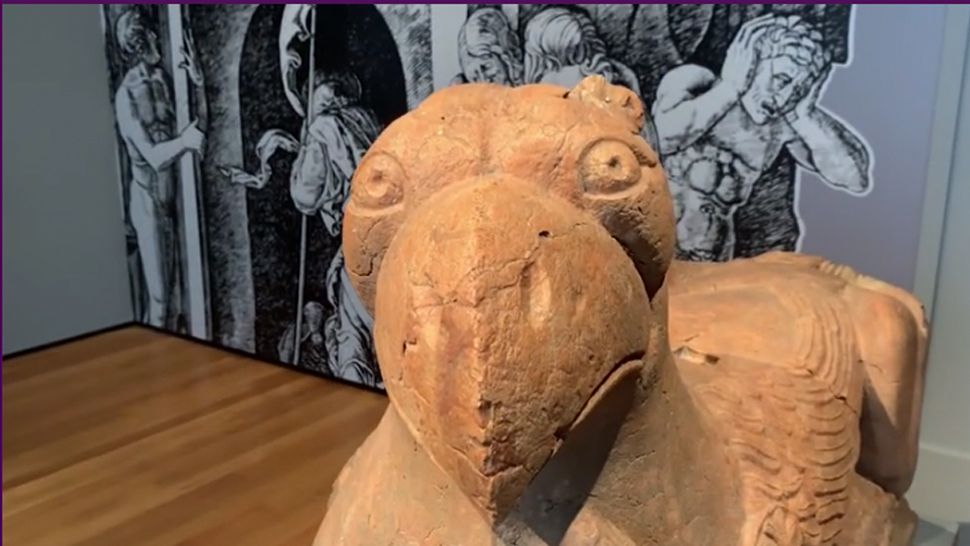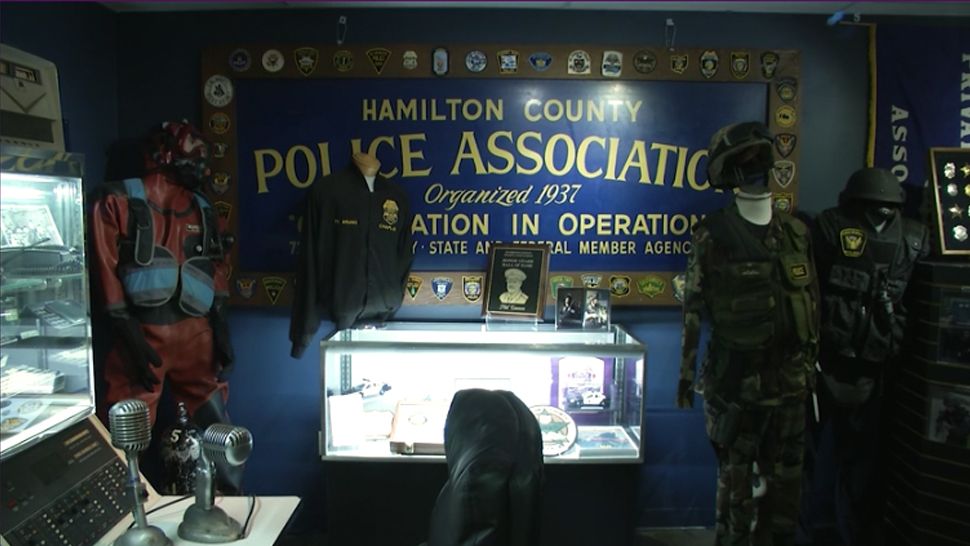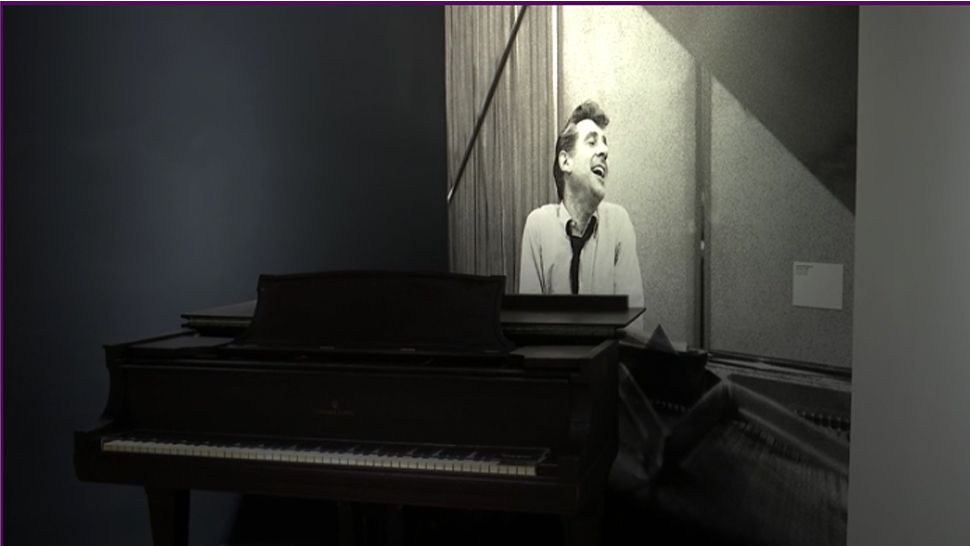CINCINNATI, Ohio—Right in the middle of downtown Cincinnati, you’ll find it, along Rosa Parks Street and through the National Underground Railroad Freedom Center museum.
- The Rosa Parks Experience is on display at the Freedom Center in downtown Cincinnati
- Participants can sit on a bus seat, put on headphones and googles, and in virtual reality, see what she saw the day she refused to sit in the back of the bus
- Organizers say they’ve been running the exhibit for the past few years and are planning to open more virtual reality exhibits to give people a chance to relive history
It’s something you might have read about in history books, but now, you can feel it.
The museum calls it the "Rosa Parks Experience," where you go in, sit on a bus seat, put on headphones and goggles, and see what she saw, in virtual reality.
“Once it starts, they are Rosa Parks, they are on the bus,” said James Harrington, the museum’s manager. “The bus driver basically gets in her face, tells her she needs to move to the back, she refuses, then the police officer gets on board.”
And for four minutes you get to be a part of what helped spark the Civil Rights movement — a black woman arrested for refusing to leave what was the white’s only section, while everyone else on the bus stopped and stared.
“The consequences back in the 1950’s for standing up and doing something like this, it was a death penalty for some people,” said Harrington.
But after seeing it in a virtual world, some say it feels a lot like the injustices of today.
“Nobody else said anything on the bus, no other passengers, white people, black people, nobody,” said Asia Harris, participant. “Now, it’s not necessarily a person looking at you, but it’s a person and their camera looking at you, so the reaction that we have to record tragedies and emergencies and stuff on camera, but we react and do that rather than reacting to help.”
But it’s a reminder to others — to take a stand, when everyone else is sitting still.
“We need to know what really, really happened and how we can do better in this generation,” said Diane Baity, participant.









